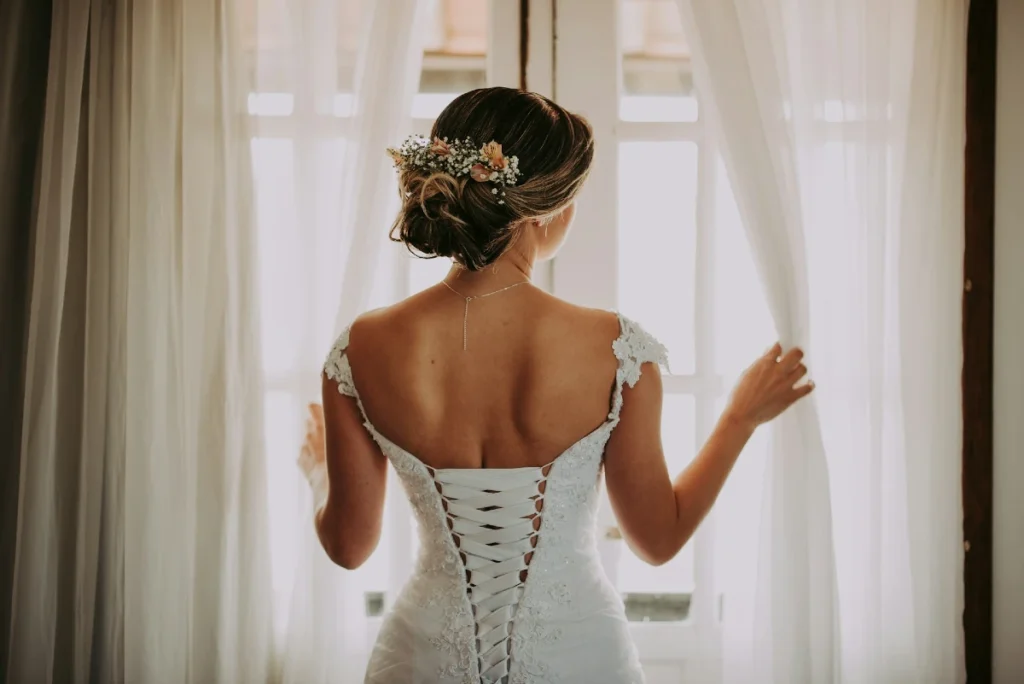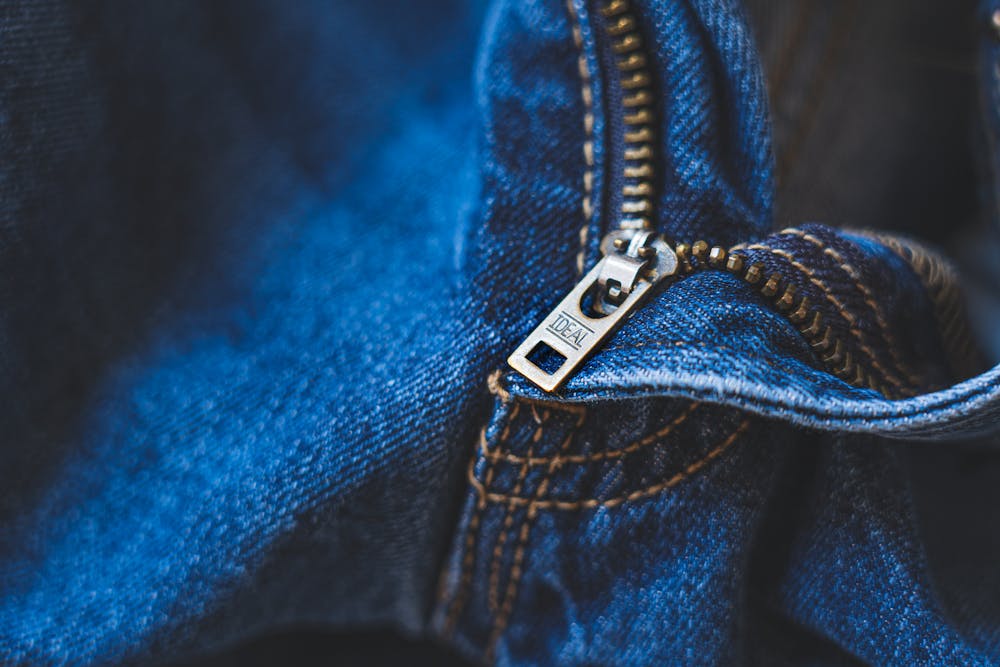Embarking on the journey to find the perfect wedding dress is a momentous occasion for any bride-to-be. Amidst the excitement and anticipation of selecting the gown that will adorn them on their special day, there are numerous factors to consider to ensure a seamless and memorable dress shopping experience.
Consider your body shape
When considering your body shape while choosing a wedding dress, it’s essential to recognize that different dress styles will accentuate various aspects of your figure. Understanding your body shape is the first step towards finding a dress that not only fits well but also enhances your natural features.
For instance, if you have an hourglass figure characterized by a well-defined waist, you might opt for a dress that emphasizes this feature, such as a mermaid or trumpet silhouette. Conversely, if you have a pear-shaped body with wider hips and a narrower upper body, A-line or ball gown styles can help balance out proportions while highlighting your waist.
Similarly, for those with a rectangular body shape, dresses with detailing around the waist or styles that create the illusion of curves, like a ball gown with a voluminous skirt, can add dimension. By considering your body shape, you can narrow down dress options that will flatter your figure and make you feel confident and beautiful on your wedding day.
Set a Budget
Setting a budget for your wedding dress is a crucial step in the planning process that can help guide your overall spending and ensure financial responsibility. Before embarking on your dress shopping journey, take some time to evaluate your overall wedding budget and determine how much you’re willing to allocate specifically for the dress. Consider factors such as venue costs, catering, decorations, and other essential expenses to arrive at a realistic figure. It’s essential to be honest with yourself about what you can afford and stick to your budget to avoid any financial strain later on.
Once you’ve established a budget, be sure to communicate it clearly with anyone involved in the dress selection process, such as family members or bridal consultants. This will help manage expectations and prevent any misunderstandings about what you’re willing to spend. Keep in mind that your budget should not only cover the cost of the dress itself but also alterations, accessories, and any additional fees that may arise.
While it’s tempting to splurge on a designer gown or elaborate embellishments, remember that there are beautiful wedding dresses available at a range of price points. By setting a budget and sticking to it, you can explore a variety of options within your means and find a dress that makes you feel stunning without breaking the bank. Additionally, consider shopping during sales events or looking for sample sales to potentially snag a designer gown at a discounted price.
Research styles
Researching wedding dress styles is a fundamental aspect of the bridal gown selection process, offering a plethora of options to explore and consider. With countless styles available, ranging from classic and traditional to modern and avant-garde, conducting thorough research allows brides to familiarize themselves with the diverse array of options and narrow down choices based on personal preferences and aesthetic preferences.
Begin by immersing yourself in bridal magazines, online platforms, and social media channels dedicated to weddings, where you can find a wealth of inspiration and information about different dress styles. Pay attention to the details of each dress, from silhouette and neckline to fabric and embellishments, to gain a comprehensive understanding of what resonates with you aesthetically.
Additionally, consider seeking inspiration from real weddings, fashion shows, and celebrity bridal looks to observe how various styles translate in different contexts and settings. Take note of specific elements that appeal to you, whether it’s the clean lines of a minimalist gown, the intricate lacework of a vintage-inspired dress, or the dramatic flair of a couture creation.
As you research different styles, it’s essential to keep in mind factors such as body shape, venue, and personal style preferences. Certain silhouettes may flatter specific body types more than others, while certain styles may be more suitable for different wedding themes or locations. By considering these factors alongside your research, you can narrow down dress options that align with your vision for your wedding day.
Moreover, don’t hesitate to consult with bridal consultants or stylists during your research process. These professionals can offer valuable insights and recommendations based on your preferences and help you navigate the vast landscape of wedding dress styles with confidence and clarity.
Contemplate Dress Alterations
Contemplating dress alterations is a crucial aspect of the wedding dress selection process, ensuring that the chosen gown fits flawlessly and accentuates the bride’s figure on her special day. While it’s rare to find a dress that fits perfectly off the rack, understanding the potential alterations needed allows brides to make informed decisions and envision how the dress will ultimately look and feel.
Firstly, it’s important to recognize that most wedding dresses will require some degree of alteration to achieve the desired fit and silhouette. Whether it’s adjusting the hemline, taking in or letting out the bodice, or adding custom embellishments, alterations play a significant role in transforming a dress into a personalized masterpiece that complements the bride’s unique body shape and style preferences.
When contemplating dress alterations, it’s essential to work closely with experienced seamstresses or tailors who specialize in bridal alterations. These professionals possess the expertise and skillset required to execute precise alterations while preserving the integrity and design of the dress. Schedule consultations with potential seamstresses early in the dress shopping process to discuss alteration possibilities and receive cost estimates, allowing ample time for alterations to be completed before the wedding day.
During these consultations, communicate openly with the seamstress about your expectations, preferences, and any concerns you may have regarding the fit or design of the dress. Bring along shoes and undergarments that you plan to wear on your wedding day to ensure accurate measurements and fittings. Additionally, consider bringing inspiration photos or sketches depicting desired alterations to convey your vision effectively.
As you contemplate dress alterations, keep in mind that certain changes may impact the overall aesthetic or structure of the dress. For instance, altering the neckline or silhouette of the gown may require more extensive modifications and should be discussed thoroughly with the seamstress to assess feasibility and potential implications.



